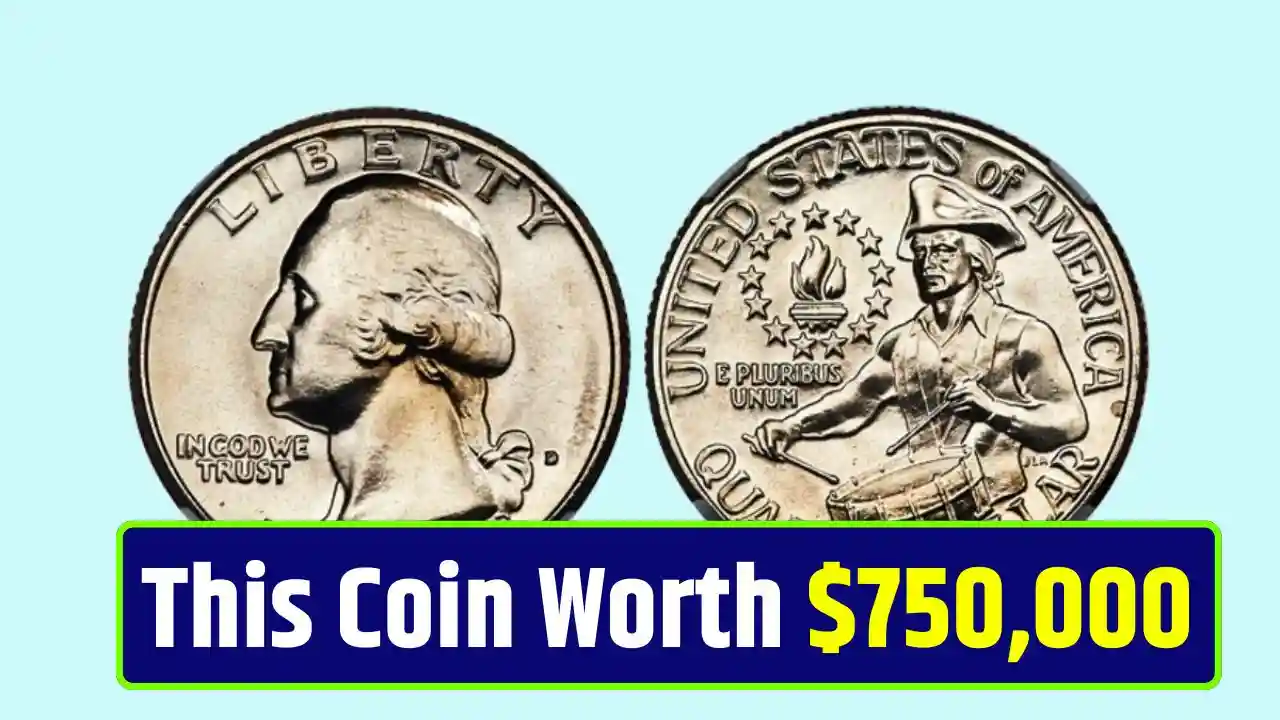The 1976 Bicentennial Quarter was minted to commemorate the 200th anniversary of the United States with some unique features in design that make this coin really important for a whole lot of collectors. The date “1776–1976” is on the obverse of the coin, with George Washington’s portrait included, while it includes a colonial drummer boy on its reverse, designed by Jack L. Ahr, separating it from regular quarters.
What gives Value to Bicentennial Quarters?
- Minting Errors: There are those, such as double strikes and striking errors on incorrect metals. These result in rare quarters whose price goes high because of their scarcity.
- Silver Clad: Some of the Bicentennial Quarters were struck in 40% Silver opposite to regular copper-nickel cladding. The demand for the silver coins is high especially those in good quality.
- Condition (Grading): Coins graded MS-68 or higher are “gem-quality” and can be worth hundreds of thousands. In 2023, a high-grade Bicentennial Quarter with a rare error sold for over $750,000.
- Mint Marks: Quarters minted in San Francisco bear an “S” and were struck in both regular and silver versions. These “S” mint quarters, especially in silver, are more valuable.
Growing Value and Market Demand
The value for Bicentennial Quarters has appreciated over time. For example:
- 2020: One of the rare error quarters sells for $10,000.
- 2022: A quarter sells for a record $750,000. This trend reflects increased interest by collectors as prices rise for no-error and all-silver “S” mint quarters.
Tips for Identifying Valuable Bicentennial Quarters
- Look for Mint Errors: Coins with off-center strikes or double dies are in demand.
- Mint Mark Check: “S” mint stands for San Francisco, where a portion of the silver quarters were minted.
- Silver Content: 40% silver quarters hold considerably higher value.
History and unprecedented nature further elevate the status of the Bicentennial Quarter. These coins continue to enthrall collectors and investors alike for historical and investment purposes.



